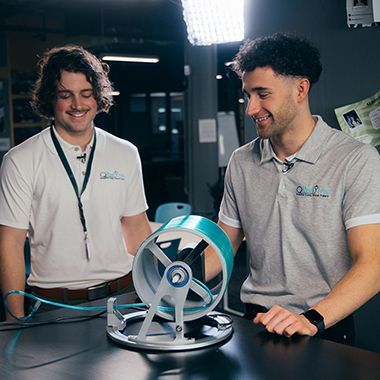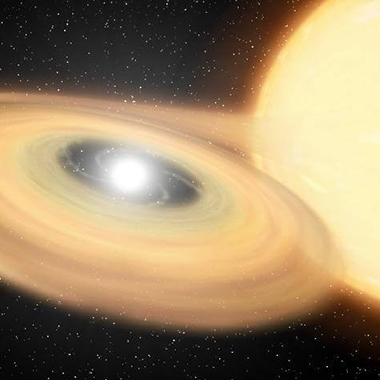Ask the expert: Planetary scientist who redirects asteroids with NASA discusses asteroid 2023 DZ2
“Ask the Expert” articles provide information and insights from MSU scientists, researchers and scholars about national and global issues, complex research and general-interest subjects based on their areas of academic expertise and study. They may feature historical information, background, research findings or offer tips.

NASA’s Center for Near Earth Object Studies detected an asteroid will pass by Earth within 108,758 miles this weekend, which is closer than the moon’s distance from Earth at 238,855 miles away.
Seth Jacobson, a planetary scientist in Michigan State University’s College of Natural Science, is a member of NASA and MSU’s Double Asteroid Redirection Test mission which is the world’s first planetary defense space mission and tested how to redirect asteroids that could hit Earth.
What is special about asteroid 2023 DZ2?
2023 DZ2 is the temporary designation for an approximately 200-ft wide asteroid passing near Earth this week. The asteroid will get closer to Earth than the Moon is. So this week, it is a very special object. However, asteroids like 2023 DZ2 pass this close to Earth every decade, so it's not a unique event in a person's lifetime.
What are you hoping to learn from 2023 DZ2?
The asteroid will be the closest to Earth (but still over 100,000 miles away) on Saturday, March 25th at approximately 3.51 p.m. EDT, but it will be passing overhead on the other side of the world. In mid-Michigan, we can see it about 18 hours before or about 16 hours after its closest approach. It's not simply the 12 hours due to Earth's rotation because the asteroid is moving too. NASA’s Planetary Defense Coordination Office have been monitoring 2023 DZ2 and has deemed it safe.
DZ2 is a good example of the kind of object that the DART mission was designed to prepare humanity to defend itself against. While DZ2 doesn't present a threat, objects like it may in the future and the DART mission has shown us that kinetic deflector technology works to redirect asteroids.
To learn more about how kinetic deflector technology works, visit https://www.youtube.com/watch?v=1msnl5Z7ico.
Banner image: This image depicts the distance between Earth and asteroid DZ3. While
DZ2 doesn't present a threat, objects like it may in the future and the DART mission
has shown us that kinetic deflector technology works to redirect asteroids. Credit:
NASA/JPL



